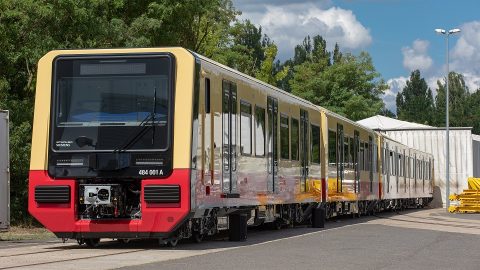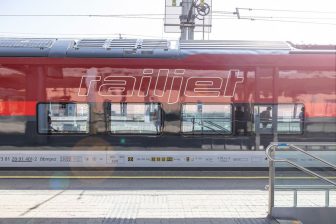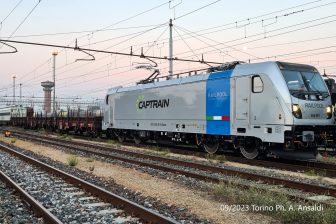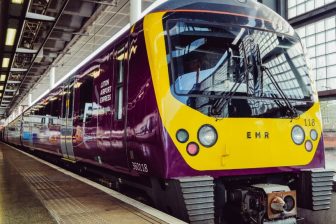
Stadler and Siemens test new trains for Berlin S-Bahn
The consortium of Stadler and Siemens Mobility tests first five BR 484 trains produced for Berlin S-Bahn. The trials are carrying out at the Test and Validation Center (PCW) of Siemens Mobility in Wegberg-Wildenrat, North Rhine-Westphalia. The new vehicles will be used the Berlin Ring/Southeast subnetwork since January 2021.
The trials include the check of the interaction between traction drives and brake systems, tests for protection against derailment, electromagnetic compatibility tests, brake tests for measuring braking distances, testing of wheel slide protection and skid control under various load conditions and speeds. The consortium of Siemens and Stadler has started the test runs in the last fall. They will continue for two years.
“Beginning in 2021, we want to provide our passengers with a train that brings them reliably, quickly and comfortably to their destination. To ensure this, the new trains will be tested intensively over a period of two years. As DB AG, we will closely support the manufacturer consortium in their work,” said Peter Buchner, CEO of the S-Bahn Berlin company.
Siemens test centre
The BR 484 trains have already run around 2,000 of 160,000 planned kilometres. “The Berlin public expects S-Bahn trains that operate smoothly from day one. With our state-of-the-art infrastructure, our highly qualified experts and the innovative testing services provided in our Testing and Validation Center, we are making a decisive contribution toward ensuring such service. The PCW makes it possible to carry out tests 24 hours a day, 365 days a year,” noted Sabrina Soussan, CEO of Siemens Mobility.
The PCW is capable to provide trials of the rail vehicles operating on standard- and meter-gauge tracks. It is also equipped with facilities such as a high-voltage test system, an acoustic measuring rig, turn-tilt table, tipping equipment to determine rolling characteristics, and a vehicle weighing system. They allow the train manufacturers to check a full range of options. The trains are tested under real-life conditions or simulated extreme conditions, with static or dynamic tests. The PCW is certified and accredited by independent bodies for testing procedures, their results can be used for regulatory approval.
Train order
In December 2015 the S-Bahn Berlin company, a subsidiary of Deutsche Bahn, has ordered 85 four-section and 21 two-section BR 484 trains. The deal can be extended with additional options up to 1,380 cars. The S-Bahn Berlin company plans to use the ordered trains on the Ring lines (S 41 and S 42) and on the system’s southeastern feeder lines S 47, S 46 and S 8. The vehicles are producing at the Berlin plant operated by Stadler Pankow, a subsidiary of Stadler Group, in cooperation with Siemens Mobility. All the trains should be delivered by 2023.
Also read:



